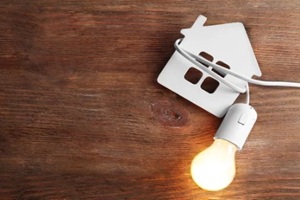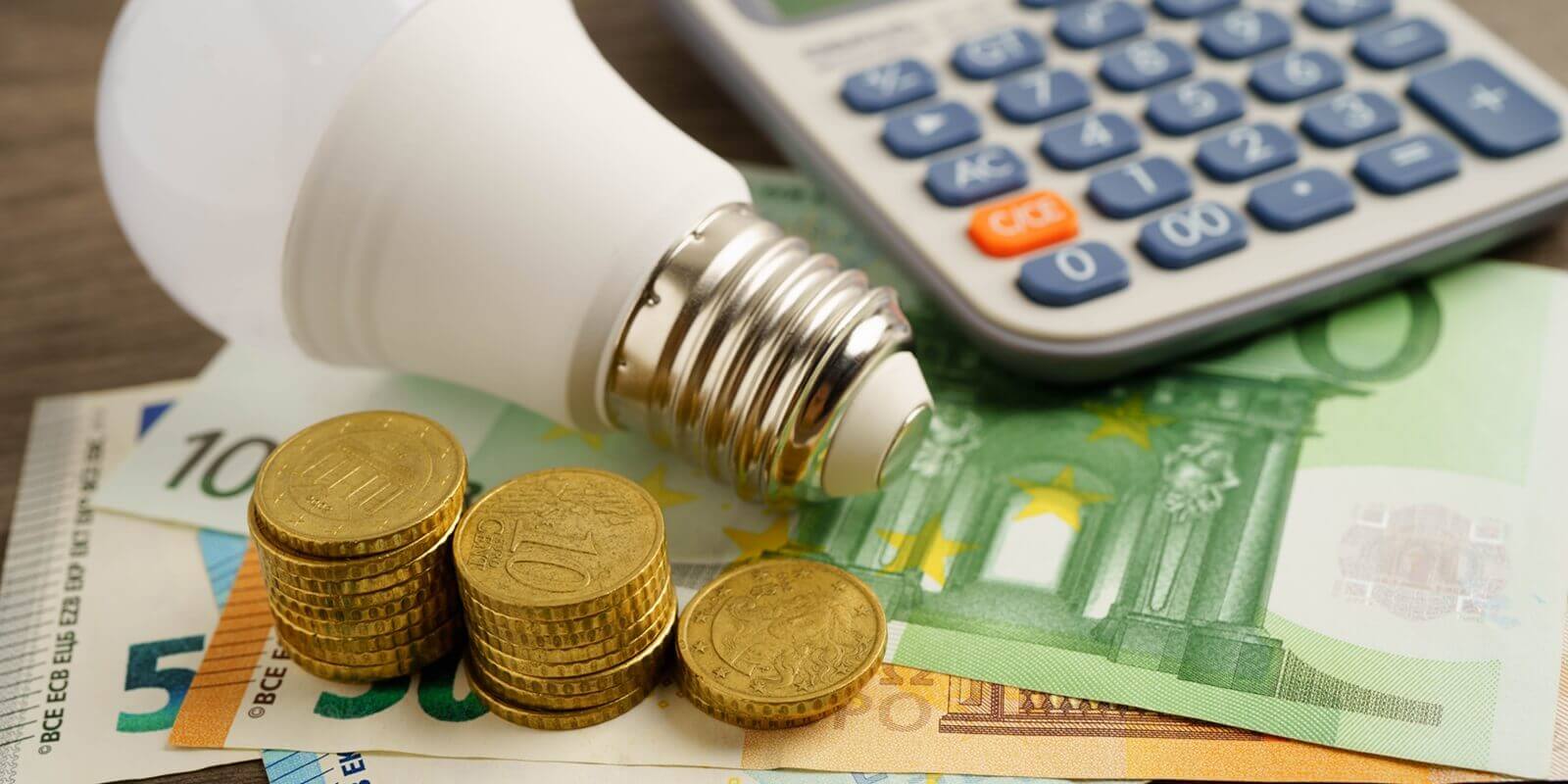Energy bills are rising, and with less money to spend on mortgages and bills, homeowners are looking for money-saving opportunities. Signs that a home is losing its ability to regulate temperature cost-effectively may go unnoticed or dismissed as minor issues. Yet, even something as small as a simple draft from the front windows can be a signpost to bigger problems with the monthly electricity bill.
A local energy auditor can help homeowners take their first steps to energy independence by assessing their situation and identifying these warning signs. Their expertise in energy efficiency allows them to objectively observe the home and identify essential points of energy waste, including safety and compliance concerns.
This article examines the energy audit process to help homeowners maximize their opportunities to lower their monthly electricity bill.
What is a Home Energy Audit?

Home energy audits or assessments involve energy specialists examining a property for inefficiencies in its energy use. This could include issues with the structure, the appliances, or even the occupants’ behaviors. Maryland residents can schedule home energy audits using state-sponsored programs such as BGE’s Home Performance or the EmPower Maryland Quick Home Energy Check-Up.
During the Home Performance audit, a professional energy auditor will visit the home and thoroughly observe and test the energy systems. The audit usually has three phases: observation, testing, and analysis. In contrast, the Quick Home Energy Check-Up is a one-hour walk-through by an energy efficiency expert who inspects the condition of systems, appliances, and other factors that may cause energy inefficiencies.
Observing Home Energy Systems
Observation helps the auditor establish the home’s baseline for energy efficiency. This step involves inspecting the inside and outside of the house to find potential energy loss points, safety issues, and structural concerns. Here are some of the areas that an energy auditor will check:
- Inside and outside seals
- Heating and cooling systems
- Insulation age, type, and condition
- Lighting fixtures
- Appliance age and energy rating
- Ventilation efficiency
They may spot these issues simply by observing faulty systems, such as by assessing the insulation. In other cases, they may see signs of energy inefficiency, such as mold, which is a sign of ventilation quality, or ice forming on the roof, which can be a sign of poor temperature regulation.
Testing Energy Efficiency
The second step of an energy audit is the testing phase, where the auditor measures factors that can reveal the home’s energy efficiency in detail. For example, they may measure the airtightness at doors and windows, looking for leakages. They may use thermal imaging, such as infrared cameras, to observe heat leaks or moisture in the structure.

The testing process will be slightly different for every home, and this variability is a primary reason that energy audits can take several hours. Depending on the size of the house, its age, how many openings it has, the quality of the materials, and more, energy auditors can have their work cut out for them conducting thorough energy efficiency tests.
Analysis and Recommendations
The final aspect of home energy audits is the analysis phase, where the auditor compiles their assessments into a report. This will contain data and recommendations for making the home more energy-efficient, including recommended upgrades. These can include:
- Upgrading or adding insulation
- Replacing the water heater
- Renewing appliances
- Resealing doors and windows
- Conducting repairs
- Adopting solar installations
- Installing smart temperature systems
- Changing energy usage habits
Depending on the auditor’s thoroughness, their recommendations can be very detailed in helping homeowners improve their energy efficiency. These recommendations present numerous money-saving opportunities for those willing to take advantage of them, since even a slight improvement to the home’s temperature regulation systems can meaningfully impact monthly electricity bills.
How to Prepare for a Local Energy Audit
The energy auditor will bring the tools and expertise to assess the home. The homeowner’s job in preparing for the audit is to list known problems with the home’s energy efficiency, including condensation, mold, draftiness, or anything else they can think of. They should also prepare questions about the house, including any inquiries about improvements they have already considered.
A home energy auditor can assess specific aspects of energy savings before conducting the assessment. To prevent delays, make sure the auditor can easily access essential locations such as the attic, air conditioner, water heater, and basement.
Additionally, many local auditors participate with alternative energy suppliers and contractors to give homeowners discounts on applying their energy recommendations. With the right mindset, homeowners can complete their audits and lower their monthly electricity bills. However, an experienced provider will always be the best resource for making the process go smoothly.
Save on Your Monthly Electricity Bill With Smart Energy Solutions in Maryland

At Energy Select, we partner with local energy auditors to bring homeowners the energy efficiency awareness they need to reduce their monthly electricity bills. Solar energy solutions can boost efficiency by reducing your dependence on utility companies for power. Upgrading appliances, replacing utilities, and changing energy habits can further expand these savings to help homeowners prepare for current and future rate increases.
Contact our team today for a free quote for our personalized energy assessment. This assessment can help you design a more energy-efficient home for 2025 and beyond.


